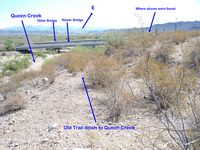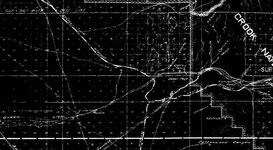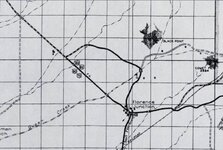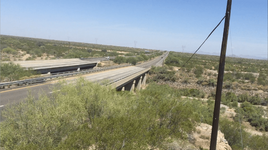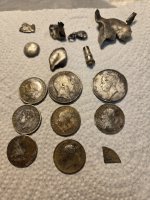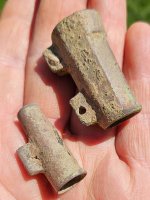Azquester
Bronze Member
- Dec 15, 2006
- 1,736
- 2,596
- Primary Interest:
- All Treasure Hunting
Bill,
Following this thread is like following a shotgun blast. However about every 20 posts or so something actually relevant does slip through the radar unnoticed.
The bridge in the newspaper article and photos is the old Silver King Road Bridge, built in 1916. Today it is called the El Camino Viejo Road Bridge. It spans Queen Creek about 2 and 1/4 miles to the North of the Route 60 Bridge over Queen Creek at Florence Station. This bridge was in the old days on the road from Mesa/Pinal to the Silver King Mine. There are two separate Bridges over Queen Creek in the area.
Each bridge has it's own special history with the Peralta Stone Maps but you have to go back to the beginning to understand both of those histories in their entirety.
Matthew
Matthew, Thanks for the short education. I did notice two other bridges after that one going west. I spent time with google on each one. Only that one has the mountain range in the background and matches the mirrored image.
I don't know the early history of the bridges. But they called this one the Adolf Ruth bridge I suppose for a good reason. And Uncle Matt may be right it may just be the printing process they had back then. But it was in the early 1970's wasn't it?
I tried to see Weavers Needle from there. If you climb the mountain after the bridge you may be able to just see the tip of it.
I spent a few days around the mountain or hills to the west of the bridge looking for that damn cactus with the masons thumb sticking up.
If it was ever there it was probably cut down by Travis or it's a bogus clue.
Another thing that bothers me.
Another word for Barrow or Burrow pit is a Root Cellar. Those were used at a lot of roadside restaurants and gas stations for food preservation back in the days before and after AC.
Funny thing they lined root cellar floors with stone slabs about as thick and big a rectangle as the stone maps! Could he be talking about an excavated collapsed Root Cellar?
Maybe the Stone Maps lined someone's old cellar for a while?
It's a toss up.



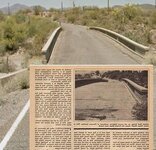
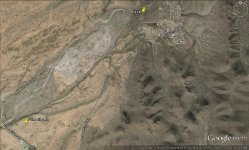
 ? Maybe?
? Maybe?